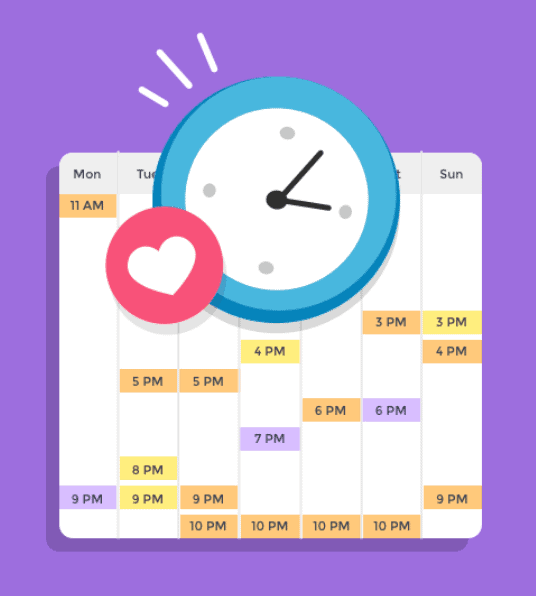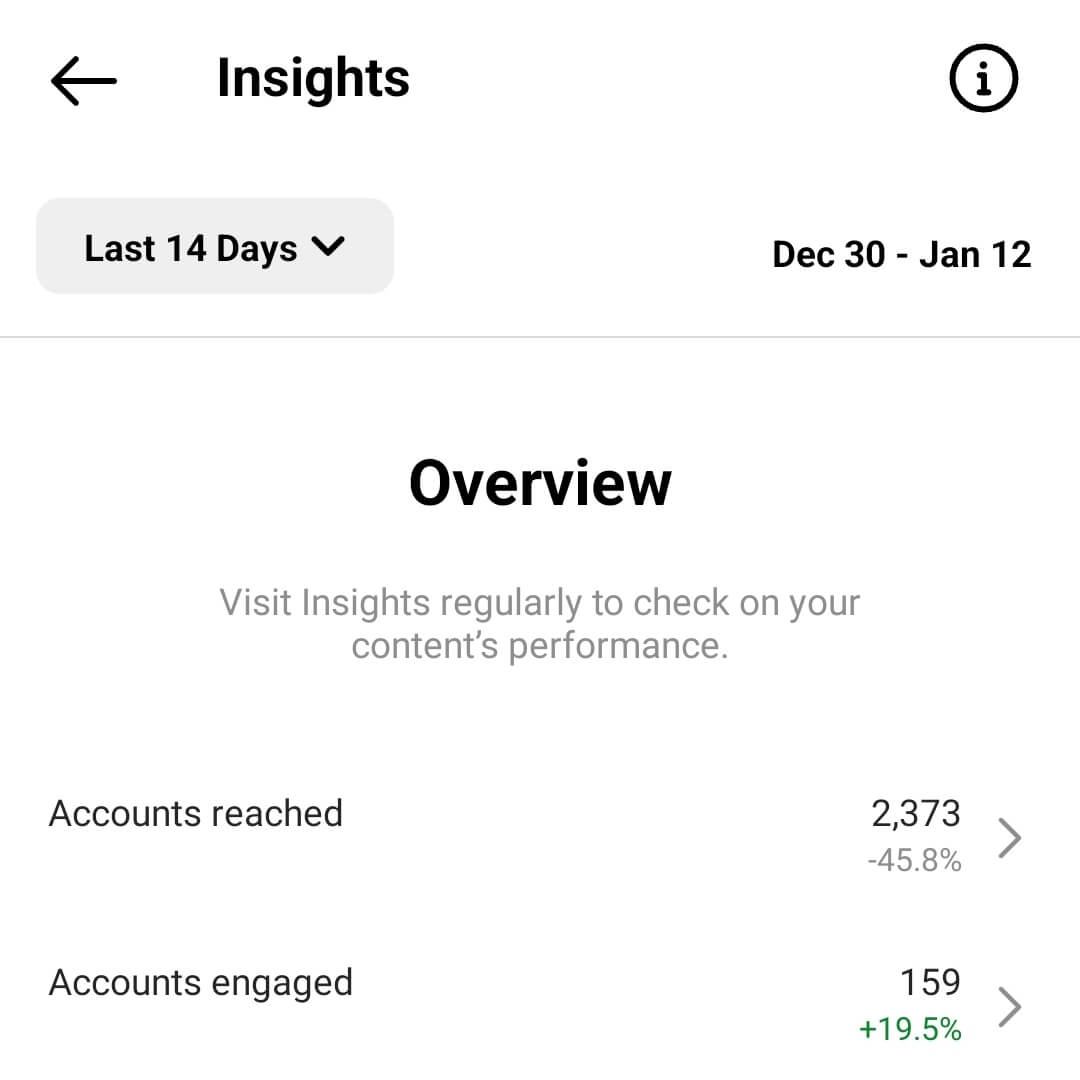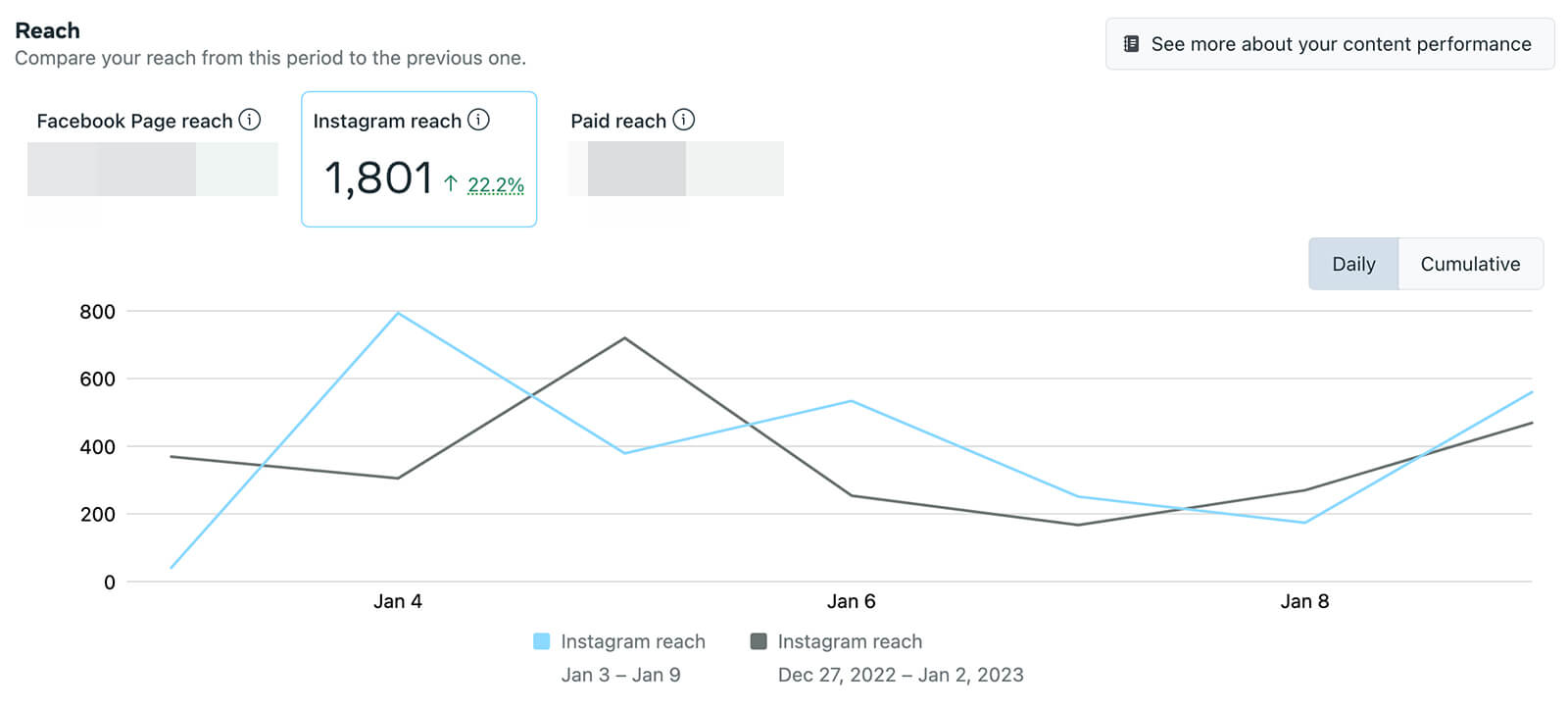Are you unsure about the ideal frequency for posting on Instagram? Worried that you may be sharing either too little or too much content? This article will guide you in determining the number of daily Instagram posts needed to generate the engagement and reach you desire.
Why Should Marketers Optimize Instagram Post Frequency?
As a social media manager, it’s essential to effectively advertise your business and meet marketing objectives while maximizing resources. This entails developing content that connects with your audience and identifying the optimal frequency for posting on Instagram.
By selecting the appropriate posting frequency, you increase the likelihood of maximizing engagement, reaching your intended audience, and achieving your team’s goals. Posting excessively or insufficiently can result in unproductive content and squandered resources.
What Happens If You Don’t Post on Instagram Frequently Enough?
If you fail to post frequently enough, there is a risk of reducing your account’s reach and engagement. Publishing fewer posts means that you may miss out on a portion of your potential audience during an average week or month. However, the math behind this is slightly more complex than one might expect.
If you create too little content, you could be missing out on opportunities to engage with and interact with your audience. Although engagement may be dismissed as a vanity metric, it is an important ranking signal for Instagram. Engagement can benefit you in two ways.
The first benefit is that content generating numerous likes and comments can trigger Instagram’s popularity ranking signal. Since popularity is one of the most significant ranking signals for Instagram, consistently producing engaging content can help your account reach more people.
Secondly, if your followers tend to interact with your content regularly, it can activate another ranking signal. When ranking content in the feed, Instagram evaluates the content’s potential interest for an individual user, as well as how often other users have engaged with the account in recent weeks.
In summary, not posting frequently enough can cause Instagram to rank your content lower than it would otherwise. This means that the posts, reels, and stories you do publish may not generate the engagement or other desired outcomes.
What Happens If You Post Too Frequently on Instagram?
If you are concerned about posting insufficiently, you may be inclined to post excessively. While it’s crucial to keep your business top-of-mind with your followers, producing too much content can have a few drawbacks that you should avoid.
If you publish content just for the sake of posting and it receives minimal engagement, increasing your post frequency won’t help you. Content that fails to elicit likes or comments won’t activate Instagram’s popularity ranking signal.
Over time, that low-engagement content could be detrimental, signaling to Instagram that people are not interested in seeing your content. Consequently, you may lose essential ranking signals, causing your reach and engagement to suffer.
In practical terms, generating too much content can also be costly for your business. Creating posts, short-form videos, and stories isn’t free, and overloading your content calendar can become pricey.
To optimize the value your business gains from the social media content, focus on discovering the type of content that helps you achieve your goals most effectively. Then, make those posts the cornerstone of your Instagram content calendar.
How to Calculate Your Perfect Instagram Posting Frequency?
You now understand why posting too much or too little can harm your reach and undermine your Instagram marketing efforts. So, how frequently should you post content to Instagram?
#1: How to Put What Instagram Says About Post Frequency into Practice?
The official recommendation for social media network usage comes from Adam Mosseri, Head of Instagram. In a Q&A posted on Instagram’s official @creators account, Mosseri suggests that users publish about two feed posts per week and a couple of stories each day.
How should you interpret this advice and apply it to your business account? Essentially, it’s vital to post content to the feed regularly, including posts, carousels, and reels. Posting every day is probably excessive, but it’s advisable to publish content to the feed at least twice per week.
While regular feed posts are important for connecting with your audience, Mosseri’s advice indicates that stories are even more crucial for keeping your business top-of-mind. Although you can think about feed posts on a weekly basis, creating a daily routine for stories is a good idea.
Rather than treating Mosseri’s advice as strict rules for your business, consider it a recommended starting point. In other words, create an Instagram content calendar with two feed posts per week and two daily stories. Then, evaluate your data and modify your content strategy as needed.
#2: How to Put Your Data About Instagram Post Frequency to Use?
Utilizing your data by consistently publishing content can help determine the appropriate Instagram posting frequency for your organization. To accomplish this, there are two native Meta tools available that can assist in evaluating performance.
Instagram Post Frequency Insights
Begin with Instagram Insights for Post Frequency. To access this tool, log in to your Instagram account and navigate to the professional dashboard. Open the Account Insights panel and modify the timeframe to either the Last 7 Days or Last 14 Days to compare your content performance on a weekly basis.
Then, analyze the Overview panel to determine if your reach and engagement have changed from the previous week. If these metrics have remained relatively stable or increased, it’s a positive indication that you’ve found a suitable Instagram post frequency or are progressing in the right direction.
Do you want to know if posting more or less content will make a difference? Try adding or removing one feed post or story per week. Then go over your results once more. If your engagement and reach metrics fall, return to your previous publishing frequency or experiment with shifting it in the opposite direction.
Weekly or biweekly analytics can provide you with a thorough overview of your Instagram account’s performance and assist you in identifying major posting frequency issues. These summaries, however, do not assist you in analyzing individual posts, reels, or stories. We’ll look at these analytics in more detail below, and how they can help you create an Instagram content calendar.
Post Frequency Business Suite Insights
Business Suite Insights allows you to assess changes in frequency from week to week and how your content impacts reach and engagement. One limitation of Business Suite is that Instagram Reels are not supported by the tool as of January 2023, and analytics are only available for posts and stories.
To view these analytics, access the Insights panel, choose the Overview tab, and pick a timeframe of 1 or 2 weeks. Scroll to the Reach analytics and choose Instagram to examine the relevant data.
The number of posts and stories you published during the selected timeframe is automatically compared to the previous one by Business Suite.
Have you recently published posts and stories on Instagram? How does this count compare to the previous period? Have any frequency changes affected your overall reach? For instance, the account mentioned above published 50% more stories and achieved over a 20% increase in total reach, which provides a solid foundation for further exploration.
Business Suite also enables you to assess content performance by comparing your Instagram account’s engagement to the previous period. In the aforementioned scenario, post-engagement declined despite maintaining a consistent frequency. To boost engagement, it may be worthwhile to experiment with reducing the frequency, posting at optimal times, or reconsidering content topics.





